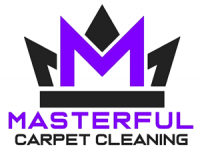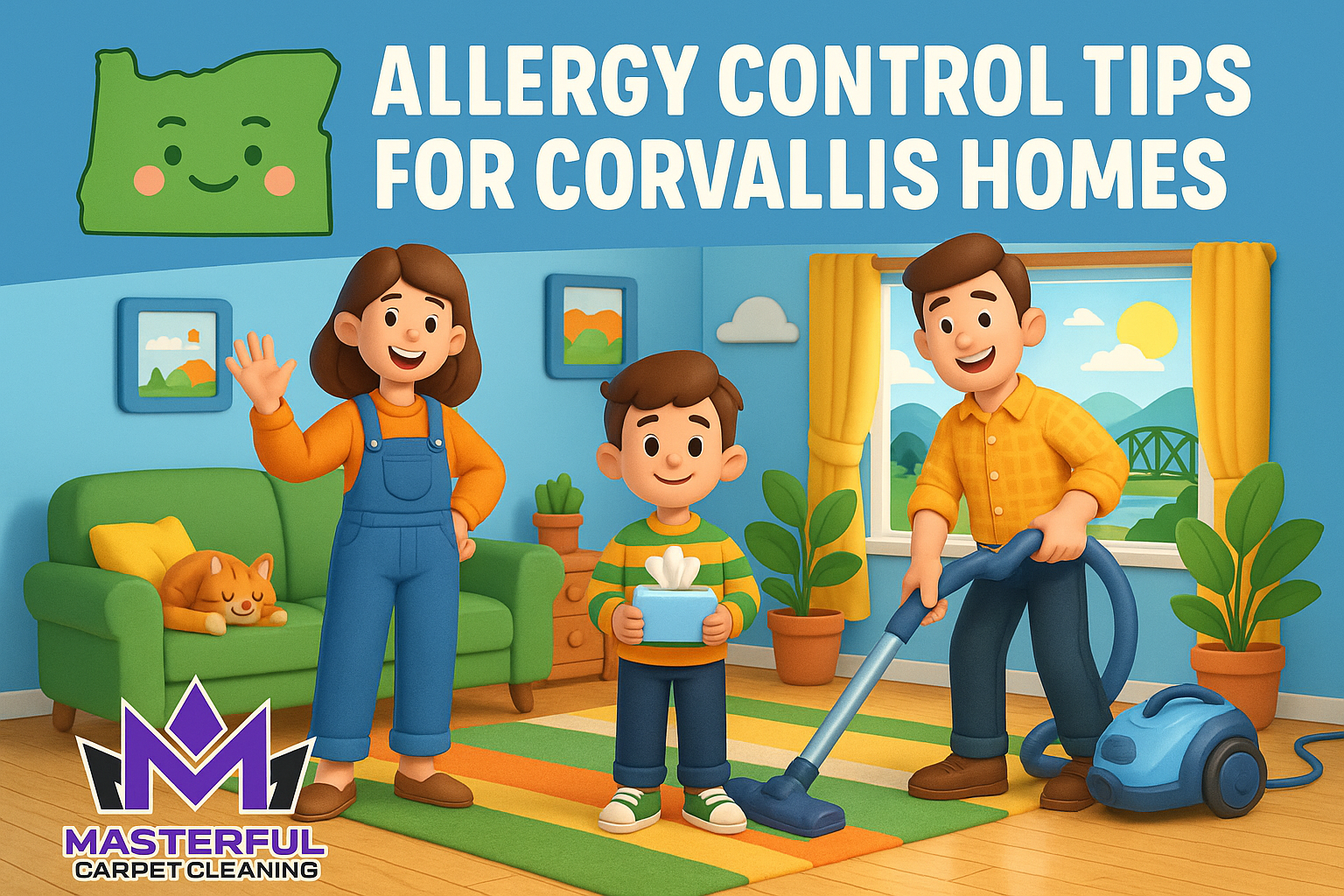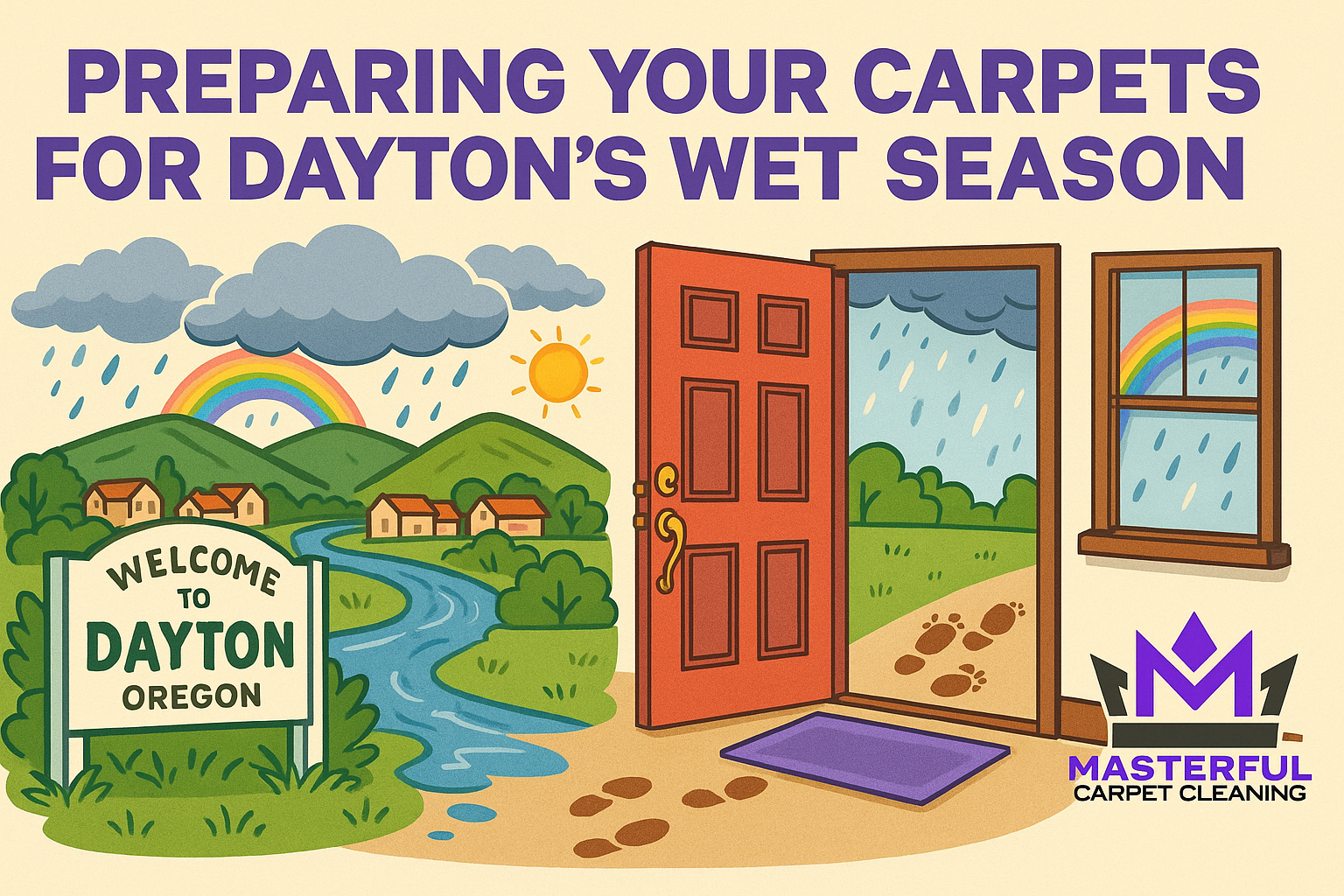Carpet Pile Repair: A Masterful Introduction

Before diving into the intricacies of carpet pile repair, it’s essential to understand what carpet piles are.
They are the visible tufts of yarn that make up a carpet’s surface. These tufts can be looped (uncut) or cut, giving rise to various carpet styles. The durability, feel, and overall appearance of a carpet is significantly influenced by its pile.
Historical Evolution of Carpet Piles
Carpet-making is an age-old art, with its roots tracing back to ancient civilizations. The techniques and materials have evolved, but the essence remains – creating a comfortable and decorative ground covering. From hand-woven woolen carpets of the past to the machine-made synthetic ones of today, the focus has always been on the pile’s quality and texture.
Carpet Piles: More Than Just Aesthetics
While carpet piles play a pivotal role in defining a carpet’s look, their significance isn’t merely superficial. The pile determines:
- Comfort: A high, plush pile feels soft underfoot, enhancing comfort.
- Insulation: Thicker piles offer better insulation, both thermally and acoustically.
- Durability: The pile’s density and type influence how well the carpet withstands wear and tear.

Types of Carpet Piles
Different types of carpet piles cater to various needs and aesthetics:
- Loop Pile (Berber):
- Origin: Named after the Berber tribes of North Africa, known for their distinct knotting style.
- Aesthetic Appeal: Offers a consistent, uniform look ideal for contemporary spaces.
- Care Tip: Avoid using a beater bar vacuum on Berber carpets; it can snag the loops.
- Cut Pile:
- Varieties Deep Dive:
- Plush: Often referred to as “velvet” due to its smooth texture. Ideal for formal settings.
- Saxony: Features fibers of equal length, creating a uniform look. Suitable for living and dining rooms.
- Textured: The twisted yarns create a rough, textured appearance, making it perfect for casual spaces.
- Varieties Deep Dive:
- Cut and Loop Pile:
- Design Possibilities: This style allows for a variety of patterns, including geometric and abstract designs, adding a touch of uniqueness to spaces.
- Frieze (Twisted Pile):
- Styling Tip: Frieze carpets, with their casual appearance, pair well with modern and eclectic decor styles.
- Shag:
- Historical Note: Shag carpets gained immense popularity in the 1960s and 70s, symbolizing the era’s free spirit.

Why Do Carpet Piles Need Repair?
Like everything else, carpet piles are subject to damage over time. Factors contributing to this include:
- Foot Traffic: High-traffic areas, like hallways, see faster pile wear.
- Spills and Stains: Acidic spills can damage the fibers, while stubborn stains might necessitate pile repair to restore the carpet’s look.
- Furniture Weight: Heavy furniture can crush the piles, leading to permanent indentations.
- External Factors: UV rays, moisture, and pests can also harm carpet piles.
The Implications of Neglected Carpet Pile Damage
Ignoring minor pile damage can lead to:
- Aesthetic Decline: Damaged piles can make the carpet look old and unkempt.
- Decreased Lifespan: Unaddressed damages can worsen over time, reducing the carpet’s overall life.
- Health Concerns: Damaged areas can become breeding grounds for pests and mold, posing health risks.
The Emotional Value of Well-Maintained Carpets
Beyond the practical aspects, carpets hold emotional value. They witness countless family moments – from the baby’s first steps to family gatherings. Ensuring they are well-maintained, including timely pile repair, is akin to preserving cherished memories.

The Anatomy of Carpet Damage
Carpet damage isn’t just about visible wear and tear. It’s a culmination of various factors, both external and internal, that affect the carpet’s structural integrity and appearance. To truly grasp the need for carpet pile repair, one must first understand the anatomy of carpet damage.
The Underlying Causes
- Environmental Factors: Humidity, temperature fluctuations, and prolonged exposure to sunlight can affect the carpet fibers, leading to premature wear.
- Chemical Reactions: Spills, especially acidic or alkaline substances, can react with the carpet fibers, causing them to break down over time.
- Physical Stress: This includes foot traffic, furniture weight, and even the occasional pet clawing.

Factors Affecting Carpet Pile
When choosing a carpet, it’s essential to consider various factors:
- Pile Height:
- Practical Implication: While taller piles feel plush, they can show footprints and vacuum tracks more prominently. They might also be more challenging to clean.
- Pile Density:
- Buying Tip: A simple test to check density is to try pushing the fibers apart. If the backing is hard to see, the carpet is dense.
- Pile Weight:
- Understanding Weight: Weight is often measured in ounces per square yard. A higher weight usually indicates a plushier carpet, but it’s essential to consider density and height in conjunction.

Symptoms of Carpet Pile Damage
Identifying the early signs of carpet pile damage can save both time and money in the long run. Some common symptoms include:
- Texture Changes: The carpet feels different underfoot, losing its original softness or plushness.
- Color Fading: Prolonged exposure to UV rays or chemical spills can lead to noticeable color fading.
- Loose Fibers: Over time, the carpet fibers may start to come loose, especially in high-traffic areas.
The Domino Effect of Neglected Pile Damage
When carpet pile damage is ignored, it can lead to a cascade of issues:
- Compromised Air Quality: Damaged carpet piles can trap more dust and allergens, affecting indoor air quality.
- Increased Repair Costs: What might have been a minor carpet repair can escalate into a significant restoration project.
- Safety Hazards: Loose carpet fibers or piles can become tripping hazards, especially for children and the elderly.

The Economic Perspective
From an economic standpoint, timely carpet pile repair is an investment. It extends the carpet’s lifespan, ensuring you don’t have to replace it prematurely. Well-maintained carpets can enhance property value, especially if you’re considering selling or renting out your space.
Embracing Proactiveness
Being proactive in identifying and addressing carpet pile damage ensures that the carpet remains not just an aesthetic element but also a functional one. Regular inspections, immediate action on spills, and professional consultations are steps in the right direction.
The Science Behind Carpet Repair
Carpet repair isn’t just about fixing visible damage; it’s a blend of art and science. The goal is to restore the carpet to its original state, ensuring that the repaired area blends seamlessly with the rest.
Pre-assessment Phase
Before diving into repair, a thorough assessment is crucial. This involves:
- Identifying the Carpet Material: Different materials, be it wool, nylon, or polyester, have unique repair needs.
- Understanding the Damage Extent: Is it just surface damage, or has the carpet backing been affected too?
- Color Matching: Ensuring that any added material matches the existing carpet color.

Common Carpet Pile Repair Techniques
Retufting:
- Procedure: This involves manually inserting new tufts into the carpet, replacing the damaged or missing ones.
- Best For: Small areas with minor tuft damage.
Patching:
- Procedure: A piece of undamaged carpet, usually taken from a hidden area like a closet, is used to replace the damaged section.
- Best For: Larger damaged areas, especially when the damage extends beyond the pile to the carpet backing.
Re-stretching:
- Procedure: The carpet is stretched and re-secured to eliminate wrinkles or bulges.
- Best For: Carpets that have become loose over time or have been water-damaged.
Heat Transfer:
- Procedure: For small burns or discolorations, the damaged fibers are removed, and the color is transferred from a remnant piece using heat.
- Best For: Minor burns or stains that can’t be cleaned.

Advanced Techniques
With advancements in technology, there are now methods like laser restoration and ultrasonic alignment. These are especially useful for intricate patterns or expensive carpets where precision is paramount.
The Role of Professional Expertise
While some minor repairs can be a DIY project, professional expertise ensures:
- Precision: Professionals have the tools and knowledge to ensure repairs are virtually invisible.
- Durability: Proper repair techniques ensure the fix is long-lasting and don’t lead to further damage.
- Value for Money: Mistakes in DIY repairs can sometimes lead to more extensive damage, leading to higher costs in the long run.

The Proactive Approach to Carpet Care
Prevention is always better than cure. By adopting a proactive approach to carpet care, you can significantly reduce the need for repairs and extend the lifespan of your carpet.
Understanding Carpet Vulnerabilities
Every carpet, regardless of its quality or type, has vulnerabilities. These can be due to:
- Material Sensitivities: Some materials, like wool, are more prone to moth damage, while others might be sensitive to sunlight.
- Construction: Looped piles, for instance, can be more susceptible to snagging.

Daily and Weekly Preventive Measures
Regular Vacuuming:
- Importance: Removes dirt and debris that can wear down carpet fibers.
- Frequency: At least once a week, more frequently for high-traffic areas.
Immediate Spill Management:
- Procedure: Blot (don’t rub) spills immediately to prevent staining and damage to the fibers.
- Tip: Keep a carpet cleaner handy for emergencies.
Use Protective Pads:
- Purpose: To prevent furniture legs from crushing the carpet piles.
- Tip: Rotate furniture occasionally to distribute the weight evenly.

Monthly and Yearly Maintenance
Deep Cleaning:
- Importance: Removes deep-seated dirt and revitalizes the carpet fibers.
- Frequency: At least once a year, or as needed based on traffic and usage.
Professional Inspection:
- Purpose: To identify potential issues before they become significant problems.
- Frequency: Once a year or after any significant event like water damage.

Environmental Considerations
UV Protection:
- Procedure: Use blinds or UV-protective window films to shield carpets from direct sunlight.
- Benefit: Prevents color fading and UV-induced damage.
Humidity Control:
- Importance: Excess humidity can lead to mold growth and damage the carpet fibers.
- Solution: Use dehumidifiers in damp areas and ensure good ventilation.

The Role of Consumer Awareness
Being informed about your carpet’s specific care requirements, and warranty stipulations, and understanding the signs of wear can go a long way in preventive care. Always refer to the manufacturer’s guidelines and seek professional advice when in doubt.
The Interplay of Economics and Aesthetics
At first glance, carpet maintenance might seem like a purely aesthetic endeavor. The economic implications of well-maintained carpet piles run deep, intertwining with their visual appeal.
Immediate Cost Savings
- Reduced Repair Expenses: Regular maintenance can identify and rectify minor issues before they escalate into costly repairs.
- Extended Carpet Lifespan: A well-maintained carpet can last years longer than a neglected one, delaying the need for replacement.
Enhanced Property Value
First Impressions Matter:
- Scenario: Imagine walking into a property with pristine carpets versus one with worn-out, stained carpets. The former instantly elevate the property’s perceived value.
- Impact: For property sellers or landlords, this can translate to higher selling prices or rental rates.
The Subtleties of Aesthetics:
Well-maintained carpets contribute to a cohesive interior design. Their color, texture, and condition can complement other design elements, creating a harmonious living or working space.

Health and Well-being: The Overlooked Aspects
- Improved Air Quality: Clean carpets trap fewer allergens, dust, and pollutants, promoting better indoor air quality.
- Safety: Well-maintained carpets, free from tripping hazards like loose fibers or buckling, ensure a safer environment.
Sustainability and Environmental Impact
- Reduced Waste: Extending the life of a carpet means fewer carpets ending up in landfills.
- Energy Savings: Carpets act as insulators. A well-maintained carpet can contribute to energy savings by retaining heat during colder months.
The Intangible Benefits
Beyond the tangible economic benefits, there’s an intangible value to living or working in a space with well-maintained carpets:
- Comfort: The plush feel of a well-maintained carpet underfoot.
- Pride: Taking pride in one’s space, whether it’s a home or an office.
- Peace of Mind: Knowing that the carpet is clean, safe, and in its best condition.

The Importance of Expertise
Carpet maintenance and repair is a specialized field. While DIY methods might offer temporary solutions, professional expertise ensures longevity, aesthetics, and value for money.
Credentials Matter
- Certifications: Reputable professionals often have certifications from recognized industry bodies, indicating their expertise and commitment to the craft.
- Experience: Years in the business can be a testament to a professional’s reliability and skill.

Factors to Consider When Hiring
Specialization:
- Question: Does the professional specialize in your carpet type and the specific repair or maintenance you need?
- Why It Matters: Different carpet materials and constructions require varied techniques.
Reviews and Testimonials:
- Procedure: Check online reviews, ask for client testimonials, or seek recommendations from friends and family.
- Benefit: Real-world feedback can offer insights into the professional’s quality of work and customer service.
Equipment and Products Used:
- Consideration: Are they using industry-standard equipment and safe cleaning products?
- Impact: High-quality tools and products ensure effective cleaning and repair without causing damage.

Cost vs. Value
Transparent Pricing:
- Expectation: A reputable professional will provide clear pricing without hidden charges.
- Tip: Always ask for a detailed quote before commencing work.
Value for Money:
Perspective: Don’t just consider the cost; think about the value offered. A slightly pricier service might provide better results and longer-lasting repairs.
Post-Service Support
- Warranty: Some professionals offer a warranty on their work, ensuring peace of mind.
- Maintenance Tips: A good professional will also provide tips on maintaining the carpet post-repair or cleaning.
Building a Long-Term Relationship
- Regular Maintenance: Consider setting up a regular maintenance schedule with a trusted professional.
- Emergency Services: It’s beneficial to have a go-to professional for emergencies like sudden spills or damages.

The Evolution of Carpet Care
Carpet maintenance and repair have come a long way from traditional methods. With the advent of technology and research, the industry is witnessing groundbreaking innovations.
Historical Perspective
- Handmade Tools: Earlier, carpet care relied heavily on handmade tools and natural cleaning agents.
- Chemical Revolution: The introduction of chemical cleaners brought about a significant shift in carpet maintenance.
Modern Innovations
Eco-friendly Cleaning Solutions:
- Overview: With growing environmental concerns, there’s a shift towards green cleaning solutions that are biodegradable and non-toxic.
- Benefit: These solutions are not only safe for the environment but also for carpet fibers and indoor air quality.
Advanced Equipment:
- Features: Modern equipment offers features like adjustable heat settings, powerful suction, and precise moisture control.
- Impact: This ensures deep cleaning without the risk of over-wetting or damaging the carpet.
Smart Sensors and Robotics:
- Scenario: Imagine a robot equipped with sensors detecting dirt levels and optimizing the cleaning process accordingly.
- Prospect: Such innovations can revolutionize routine carpet maintenance, making it more efficient and less labor-intensive.

Future Trends to Watch
AI and Machine Learning in Carpet Care:
- Prediction: AI could analyze carpet conditions and predict when maintenance is due, optimizing the cleaning schedule.
- Benefit: This proactive approach can extend carpet lifespan and maintain its aesthetics.
Sustainable Carpeting:
- Trend: The future might see carpets designed with maintenance in mind, using materials that are easier to clean and repair.
- Impact: This can reduce the overall environmental footprint and maintenance costs.
Virtual Training and DIY Kits:
- Overview: With the rise of virtual reality and augmented reality, homeowners might have access to virtual training sessions on carpet care.
- Advantage: This empowers homeowners to handle minor maintenance tasks effectively.

The Integral Role of Carpet Maintenance
Carpets, often seen as mere floor coverings, play a pivotal role in shaping the ambiance of a space. Their maintenance and repair, therefore, aren’t just about aesthetics but about preserving an environment’s comfort, safety, and value.
A Recap of the Journey
- Understanding Carpet Piles: We examined the intricacies of carpet piles, understanding their types and significance.
- Maintenance and Repair: We explored the importance of regular maintenance and the nuances of repair, emphasizing the balance between DIY methods and professional intervention.
- Economic and Aesthetic Value: We highlighted how well-maintained carpets can be a boon, not just for the eyes but also for the wallet.
- Choosing Professionals: The guide underscored the importance of selecting the right experts, and ensuring the best care for your carpets.
- Innovations and Future Trends: We took a glimpse into the future, exploring the exciting innovations and trends shaping the world of carpet care.

The Bigger Picture
Sustainability and Responsibility
Where sustainability is paramount, carpet maintenance and repair also echo the sentiments of responsible living. By extending the life of a carpet, we reduce waste, promote recycling, and contribute to a greener planet.
Health and Well-being
Beyond the visible, carpets impact indoor air quality, allergen levels, and overall well-being. Proper maintenance ensures a healthier living environment, free from pollutants and allergens.
As we wrap up this guide on carpet pile maintenance and repair, it’s essential to remember that carpets are more than just decorative elements. They are investments in comfort, aesthetics, and health. By giving them the care they deserve, we not only enhance their longevity but also enrich our living spaces.
Call Now On – (971) 600 6265
Author
-

As the Co-Owner of Masterful, Randy has been providing quality cleaning services to the Salem and Portland areas of Oregon for many years. He has built a reputation for excellence in the industry. His team take prides in using the latest cleaning techniques and technologies to deliver exceptional results every time.
View all posts






